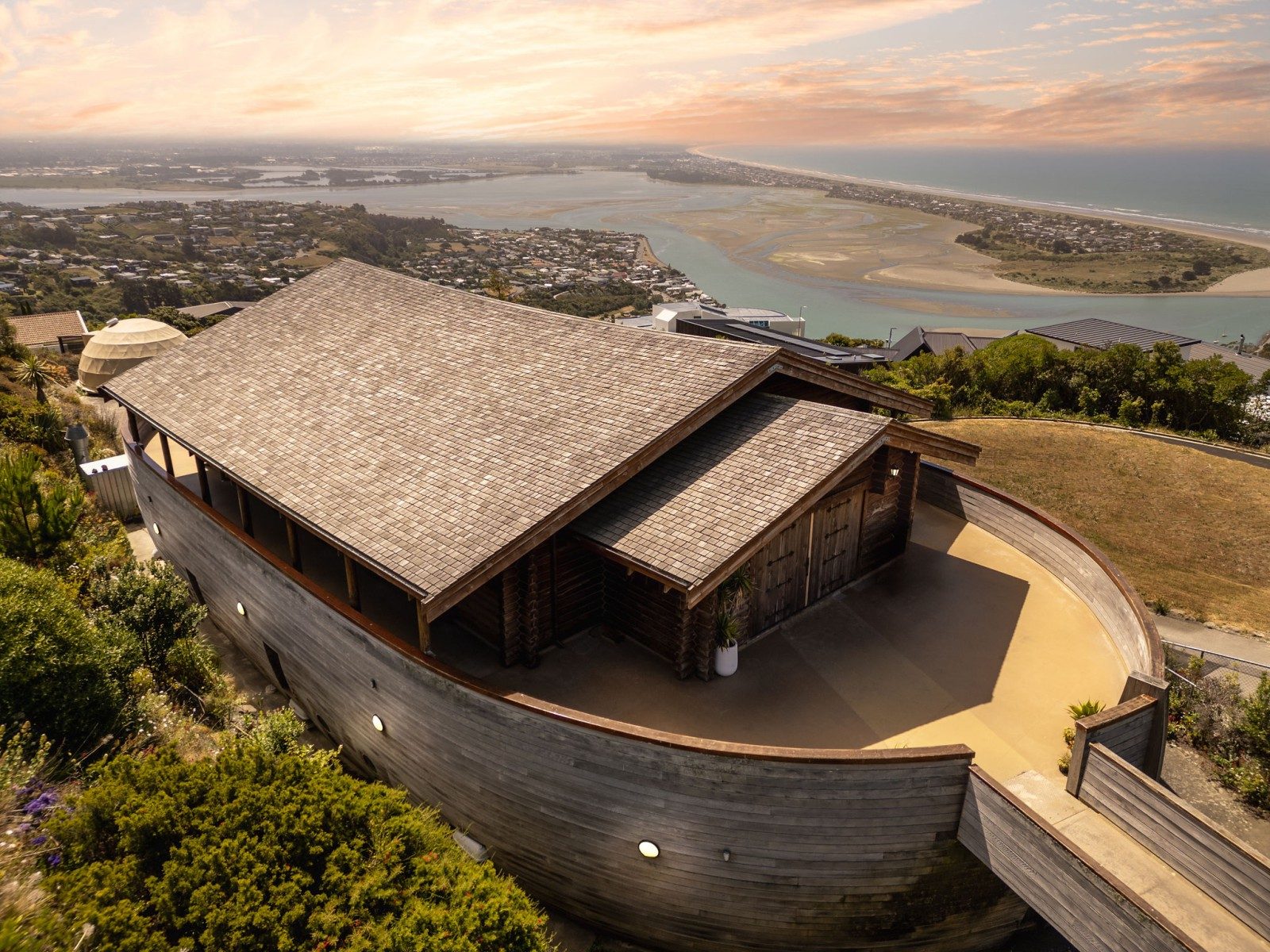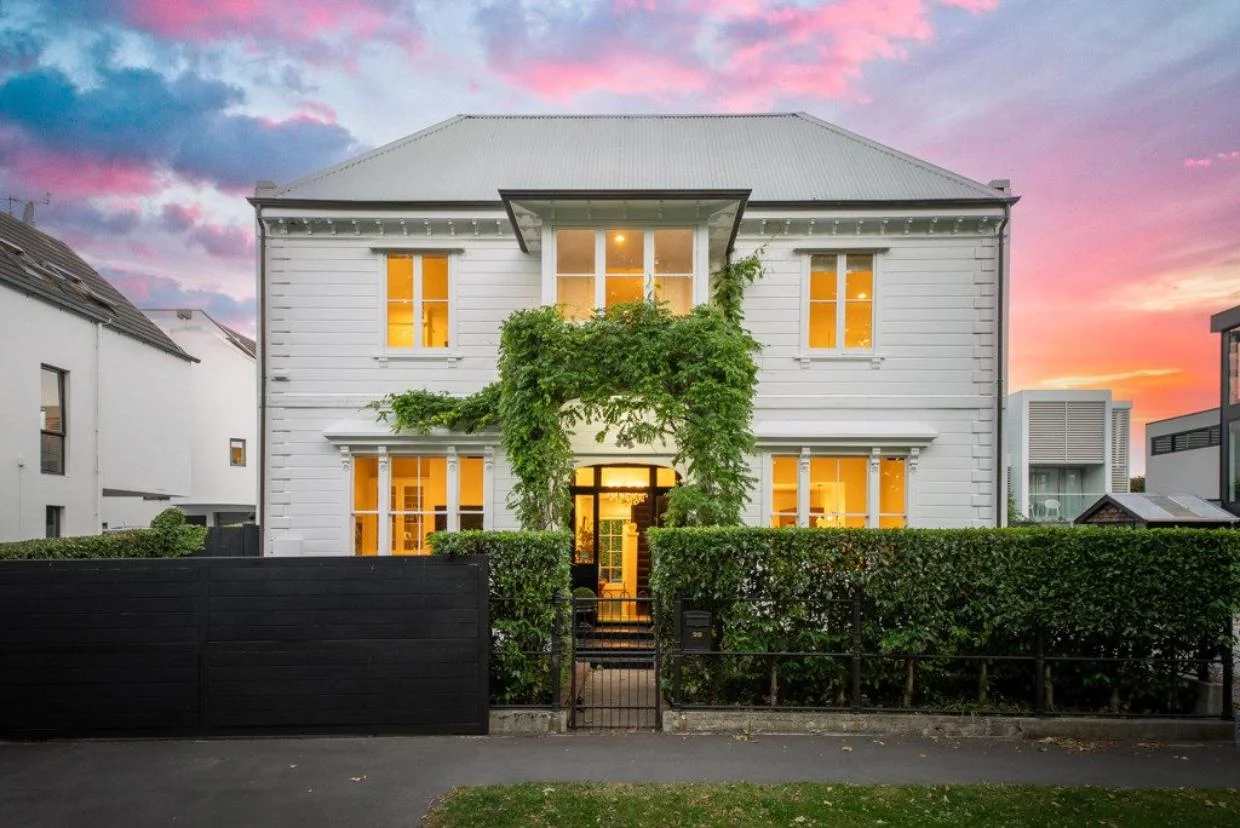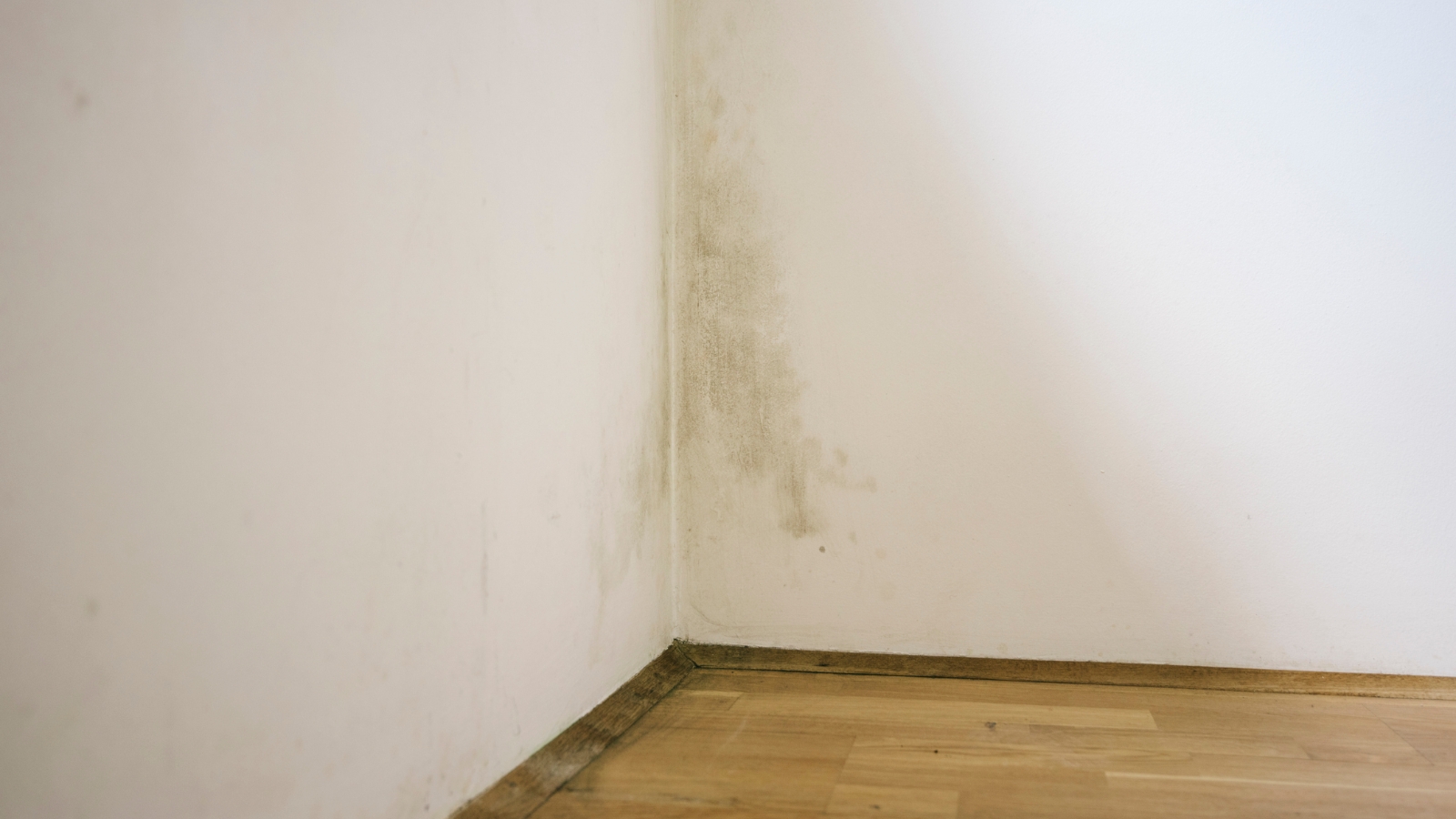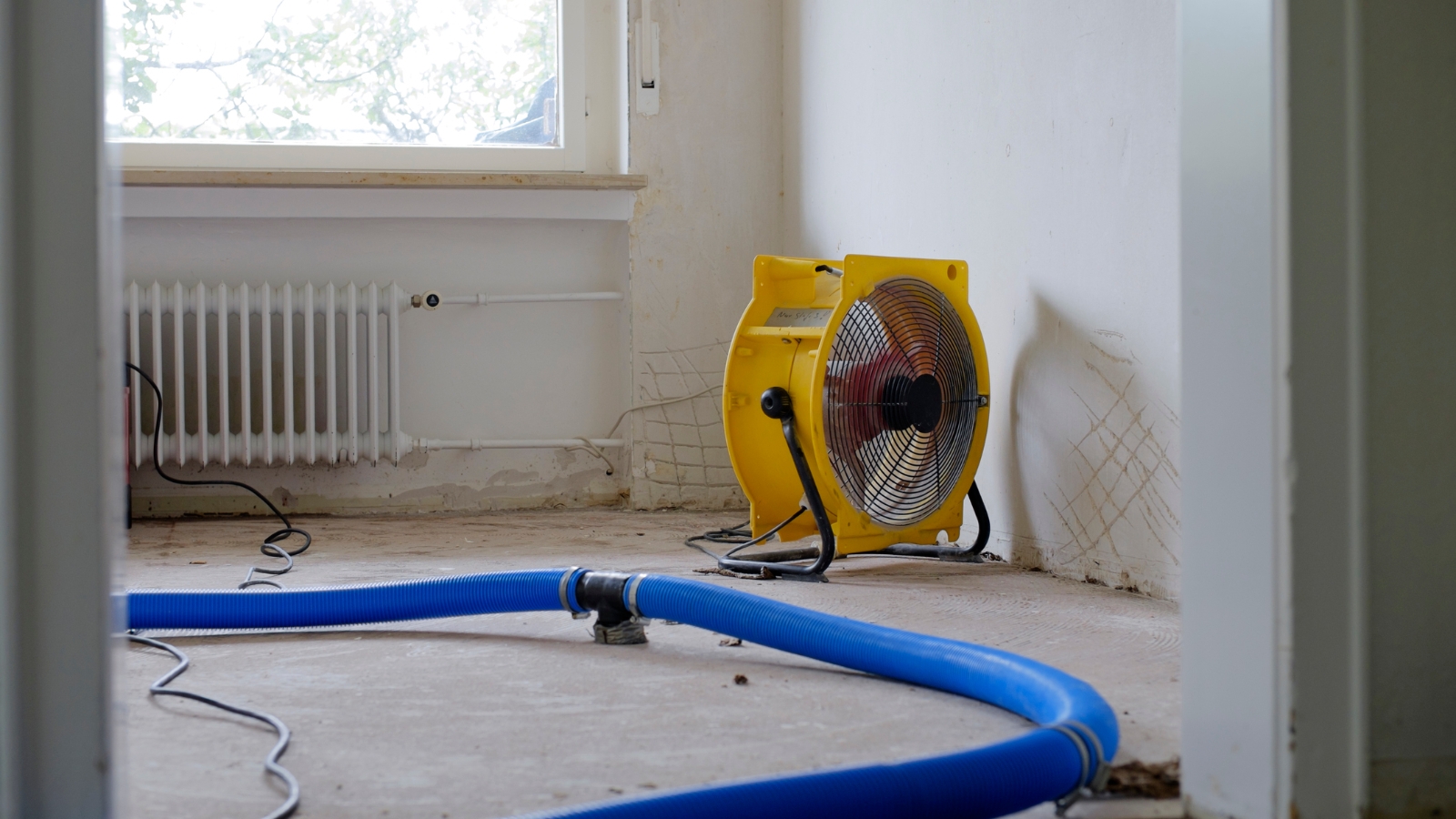Buying guide
Should I buy a monolithic cladding house? Understanding NZ leaky homes
Properties with plaster or monolithic cladding can be risky purchases, but they're not all leaky.

You’ve probably heard horror stories about “leaky homes” in New Zealand — and you’re right to be cautious. Monolithic cladding, or plaster, has become almost synonymous with risky home purchases in NZ, but it’s not always a dealbreaker. In this guide, we’ll unpack the risks, help you understand what to look for, and offer tips to help you make a confident, informed decision.
To make sure you don’t buy a soggy lemon check out our guide to spotting and buying (or avoiding) leaky homes in NZ.
What exactly is a leaky home?
Leaky homes are residential properties that aren’t watertight, often because of the materials and methods used in their construction between 1987 and 2005. The main issue? Water gets trapped and leads to moisture build-up, causing structural damage and creating a perfect environment for mould and mildew. Over time, this can make a home not only unhealthy to live in but also hideously expensive to repair. The idea of owning a leaky home can be intimidating, but not all plaster homes will leak.
Want to know what a builder would look for? Here's a guide on builder’s reports.
What caused the NZ leaky homes crisis?
The leaky homes crisis wasn’t caused by one thing. Instead, it was a perfect storm of design trends, materials, and legislation. Monolithic cladding reemerged as a popular choice in the late ‘80s, but it didn’t work well in our wet, windy climate. Combined with shoddy building practices — like fixing cladding directly to the timber frame without a drainage cavity — this made homes far more susceptible to leaks. Regulations allowing untreated timber only worsened the issue, as moisture would then rot unprotected wood.
Curious about the research process? Check out our article on due diligence when buying a home.
Monolithic cladding — the main culprit?
Monolithic or plaster cladding is often seen as the “face” of leaky homes, and with good reason. This type of cladding, which gives homes a smooth, seamless look, tends to develop small cracks over time if it isn’t regularly maintained. Those cracks allow moisture in, where it can cause damage over time. Not all monolithic cladding homes leak, but the risk is higher. It’s worth getting a thorough inspection if you’re looking at a plaster-clad home.
Our guide to modernising mid-century homes.
Not all plaster homes leak, but they may be at a higher risk.
How can I spot a leaky home?
If you’re actively house-hunting, there are a few warning signs that could suggest a home has leakage issues. Be on the lookout for:
- Sagging ceiling linings
- Rusted screws and nails
- Mould or fungi growing indoors
- Swollen or discoloured materials (like skirting boards)
- Uneven floors or lifting floor coverings
A full building inspection is always smart, but keeping an eye out for these signs can help you avoid problematic properties.
Wondering if these risks are worth the reward? Read our tips for finding your dream home.
If you keep your eyes open during a property inspection you may be able to spot signs that a home is leaky.
Not all plaster homes are leaky but they should be approached with caution.
The cost of fixing a leaky home
Recladding and repair costs for leaky homes in NZ are steep — often upwards of $330,000, with some cases reaching $500,000 or more. Banks may be hesitant to lend based on a property’s post-repair value, so you may need significant cash or equity on hand. And, depending on the extent of the damage, repairs can take months (or even years) to complete.
Find out more about hidden costs in home-buying.
Should I buy a monolithic cladding house?
Buying a monolithic cladding home doesn’t automatically mean you’re purchasing a leaky property — but it’s a reason to be extra cautious. Homes built post-2005 with a proper drainage cavity are generally considered lower risk. However, homes without this feature are likely to develop issues over time.
Before making a decision, be sure to arrange for a specialised building inspection, ideally one that focuses on moisture levels and watertightness. You may also want to get quotes for any necessary repairs to understand the full investment needed. Sometimes, leaky homes can be a good deal, but the low price should reflect the potential costs ahead.
Learn more about roughcast cladding here.
FAQs — Navigating leaky homes in NZ
1. Can a leaky home impact my health?
Yes, unfortunately. Mold and dampness from a leaky home can aggravate respiratory conditions like asthma or lead to new health issues, particularly in young children and the elderly. Poor indoor air quality can be a long-term issue, so it’s worth factoring this into your decision.
2. Is it possible to insure a leaky home?
Securing insurance for a leaky home can be challenging and costly. Some insurers may refuse coverage or exclude water damage entirely, especially if the property’s risk is deemed high. Insurance terms vary widely, so discuss options with your provider and be prepared for potentially higher premiums. Find out more about home insurance here.
3. Do leaky homes lose value over time?
Yes, leaky homes typically suffer from depreciation, especially if the extent of damage becomes widely known or worsens over time. This can make resale challenging and reduce your equity. For anyone planning renovations to help retain value, our modernisation tips could be helpful.
4. What happens if I discover leaks after buying?
If a leak is uncovered post-purchase, options include repairs (often costly) or legal recourse, though the latter is usually complex and may require proving that the seller knew about the issue and didn’t disclose it. To avoid post-purchase surprises, check out our homebuyer’s guide to builders’ reports for essential inspection tips.
5. Is it worth buying a leaky home to renovate?
Sometimes, buyers can negotiate a low price for leaky homes and plan renovations that properly fix the issues. But it’s a high-risk, high-reward strategy. Costs may spiral if hidden damage is extensive, and certain financing options may be limited. If you’re considering this route, see our article on hidden costs.
6. Can I check if a home has a history of leaks?
Absolutely. Request documentation from past inspections, repairs, and maintenance records. Ask the current owner for any remediation or consent records if they’ve done repairs. Investigate the council records and ask neighbours if they’re aware of local issues. For broader insights into what to ask during due diligence, take a look at our due diligence checklist.
7. Can I make a leaky home watertight myself?
Minor issues like resealing windows or gutters can be DIY-friendly, but for comprehensive repairs, it’s essential to hire certified professionals who can handle everything from cladding repairs to framing replacements. Improper repairs might worsen the problem or even void insurance coverage. For inspiration on modernising any home, browse our creative renovation ideas.
*We hope this article has provided some helpful information. It's based on our experience and is not intended as a complete guide. Of course, it doesn’t consider your individual needs or situation. If you're thinking about buying or selling a property, you should always get specific advice, especially if you suspect it’s leaky.
Author
Discover More

Trade Me’s most-viewed property listings of 2025 revealed: From an ark house to a golden retriever homestay
Needing inspiration? Trade Me's compiled the most popular property listings of 2025, see the homes Kiwi love to look at

1800s landmark Christchurch house looking for new owners
A post-earthquake makeover has restored the splendour of this landmark house in Christchurch, which is for sale.
Search
Other articles you might like







